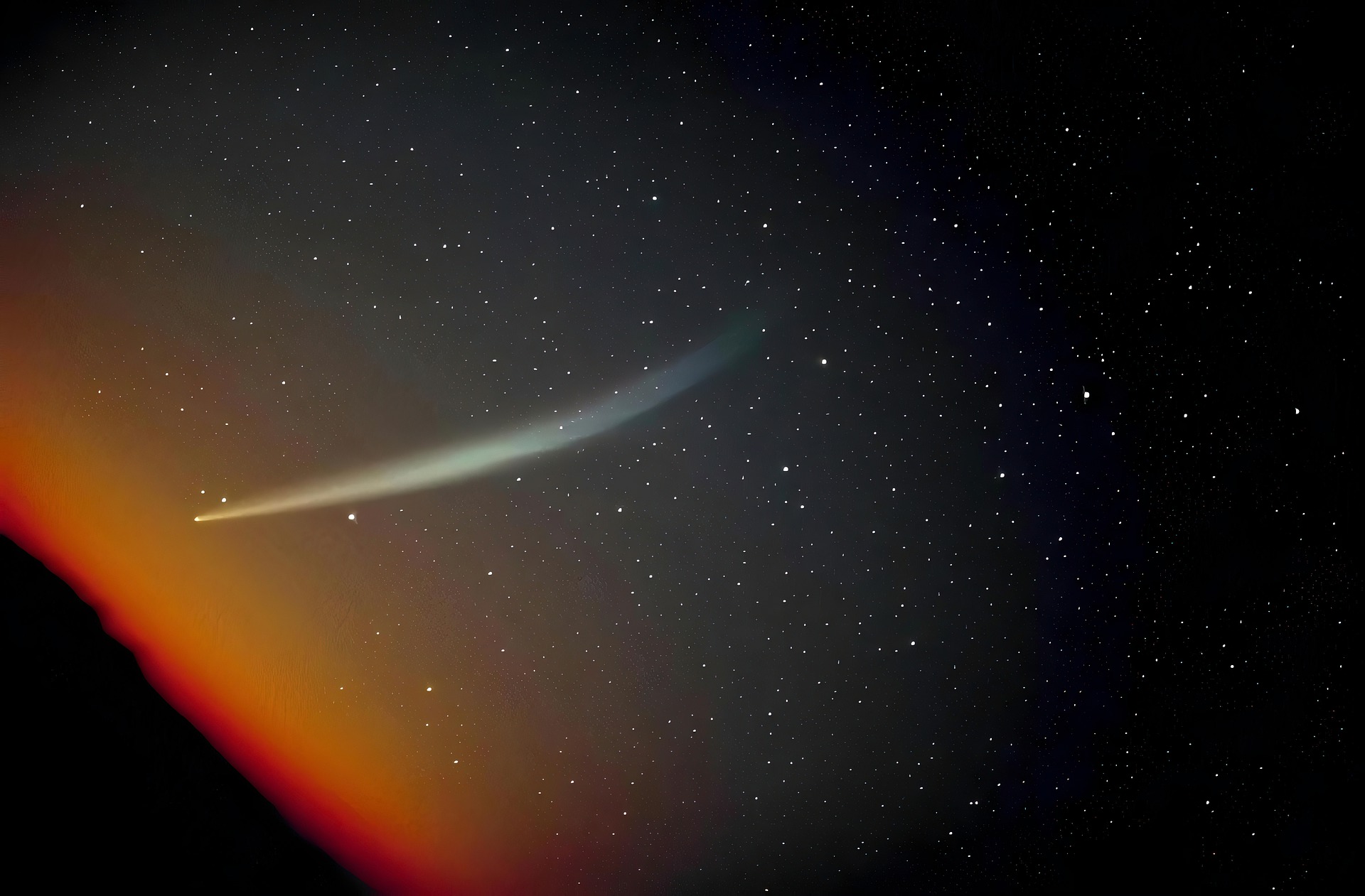The celestial body comes from the edge of our solar system. The last time comet C/2022 E3 flew past Earth, Neanderthals were still living here. Observers will have a chance to marvel at it over the next few weeks.
It only passes by every 50,000 years and could be visible to the naked eye in the night sky in the coming days – if you know where. The green comet C/2022 E3 (ZTF) will come closest to Earth at about 42 million kilometres in early February, according to the Association of Friends of the Stars. That’s just under a third of Earth’s distance from the sun.
What makes the comet special is its green colour and its two tails, as recent images revealed. The cause of the green colour is probably a molecule consisting of two carbon atoms bonded together, the so-called dicarbon. This also gives candle flames their blue paint inside.
The maximum brightness of the comet is remarkable; under a very dark sky, one can recognize it – if one knows precisely where it is – the chairman of the Sternfreunde, Sven Melchert, assumes however instead that one will not discover it without a telescope or binoculars and the necessary experience in the sky.
Best to be seen at the new moon
“It is initially an object of the morning sky, then will be near the pole star throughout the night high in the sky and says goodbye in early March in the evening sky,” says the star friends. It reached its closest point to the sun in mid-January and will come closest to Earth on February 1.
If the weather plays along, good observation periods are the last days in January and the second half of February if less moonlight brightens the sky. This is because there is a new moon on January 21 and February 20.
The European space agency, ESA, assumes an inconspicuous comet, which can be observed with modest instruments. According to the German Aerospace Center (DLR), the celestial body is about one kilometre in size but currently has a coma measuring about 50,000 kilometres, a particle envelope. This is formed when the comet approaches the sun and heats up, causing particles to break away from its ice and migrate into the tail.
Comets come from the outermost and cold edge of the solar system and are celestial bodies that were not consumed during planet formation. According to DLR, they consist of dust grains, organic molecules and frozen gases because of their low temperature. The high proportion of volatile matter distinguishes them from asteroids. By gravitation or collisions, they are sometimes pushed out of their original orbit and reach in sun or earth proximity.
Most recently, comets C/2021 A1 Leonard and C/2020 F3 Neowise passed by Earth. The celestial body C/2022 E3 (ZTF) gets its name because it was first seen last year by a program called the Zwicky Transient Facility from an observatory in the United States.
This post has already been read 3203 times!



